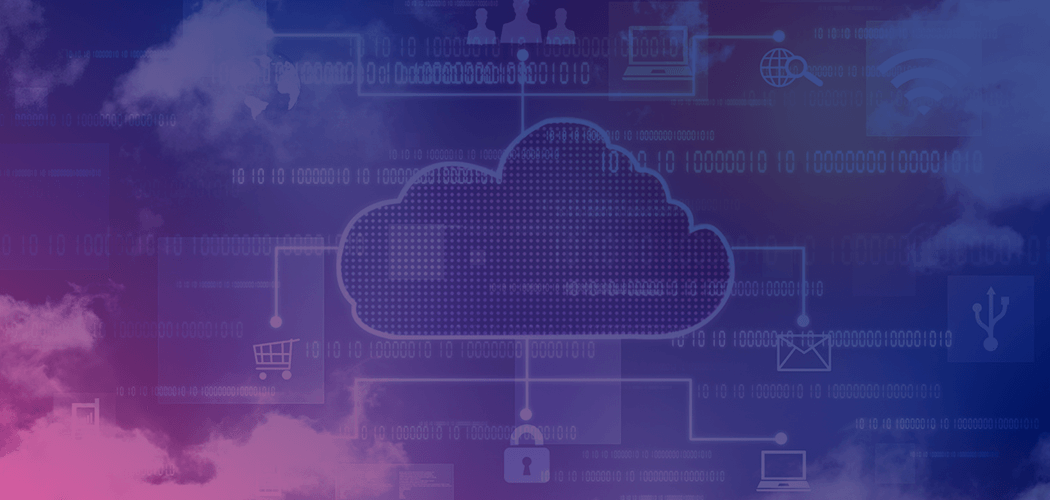The big migration questions you need to ask—and answer
Deciding what to migrate, what to modernize, and what to retain on-premises is part of enterprise IT infrastructure management. When a refresh cycle is up in your data center, there are two very different types of competing motions you need to evaluate. While they may appear to be independent, they’re also kind of not, so it can be tricky to decide which one to execute—or even to execute both—and to do so smoothly.
The first migration motion is the routine refresh cycle—the process of evaluating your data center’s hardware and software as they depreciate over time. There are a lot of considerations to weigh that will affect selection and timing. Are new models available that are faster and/or can save you money—many hardware vendors heavily promote refresh cycles to sell new hardware with faster processors and new features—or can you defer replacement and extend the life of existing equipment? Do you need more capacity or can you minimize the refresh and still maintain current SLAs? Refresh cycles are part of the natural evolution of your data center.
The second migration motion is related to digital transformation. This is about leveraging technologies to create new business value or opportunities. It requires changes that are more revolutionary in nature and therefore alter the landscape of your hybrid infrastructure. This includes moving to cloud or other modern architectures to enable new types of applications (transform business offerings), transition from capex to opex (transform your cost structures), take advantage of hyperscalers (transform the customer experience), and more. Digital transformation requires you to answer a completely different set of questions than those posed during a refresh. What’s the best cloud migration option to use? Are there any applications or workloads that should not be migrated? What are the cost and performance implications of the change? Are there data sovereignty issues that you need to consider? And many more.
Take advantage of refresh cycle inflection points to drive transformation
Refresh time is an optimal point to evaluate your migration options. You can migrate to:
- Nothing (defer)
- New hardware (refresh)
- Public cloud
- Private cloud or colocation
So, how do you decide whether to stay in the data center (defer or refresh) or go to a cloud environment? And if you choose to go, what exactly will that entail and how will you do it? These big decisions can have significant cost, performance, and risk consequences if you get them wrong. Virtana can help you get it right.
#KnowBeforeYouGo with Virtana
With Virtana, you can get all your most pressing data center migration questions answered, whether your targeted environment runs virtual machines, physical servers, or Kubernetes. Our #KnowBeforeYouGo engagement is a turnkey solution designed to quickly provide you with data science and data-driven crucial information to make sound decisions about your next move. The four-step process, which leverages Virtana’s Infrastructure Performance Management and Workload Placement technologies, includes:
- Discovery—The first step is to understand the state and rhythm of your data center. Deliverables include inventory; a health, utilization, and performance baseline assessment of the targeted environment; data cleansing; and application discovery leveraging lexical proximity and port signature recognition.
- Application dependency mapping and move groups—Once we know what you have, we build a picture of how it all works together. Deliverables include a detailed application dependency map and move group suggestions based on shared services and community detection.
- Cloud costing—We then identify the cloud configuration and cost for your targeted workloads. Deliverables include fit/unfit scorecard, time-series based rightsized configurations, and rightsized cloud costs for compute, storage disks, and egress traffic. The results are conveniently grouped by “as-is,” “peak values,” and 99th and 95th percentiles.
- Playback—Optionally, we can test it all before you make any commitments. Deliverables include validated fit/unfit scorecard, validated cloud configurations, and validated cloud costs.
Working with a partner?
We can collaborate with them—or we can provide a second opinion.
Need a partner to handle the end-to-end migration project and process?
We can recommend partners that we have worked with to jointly deliver successful discovery, migration, and evaluation projects.
Already in the middle of a migration?
We can help you address the biggest concern that most organizations say they face, which is to help you decide where to place those workloads. The unfortunate reality is that 90% of migration projects experience some type of failure, and this uncertainty is a driving factor. Companies that work with Virtana to know before they go have a greater than 90% success rate.
Are you ready to #KnowBeforeYouGo?
If you have a refresh coming up and want to know what to do next with your applications and infrastructure, contact us.

Ricardo Negrete




